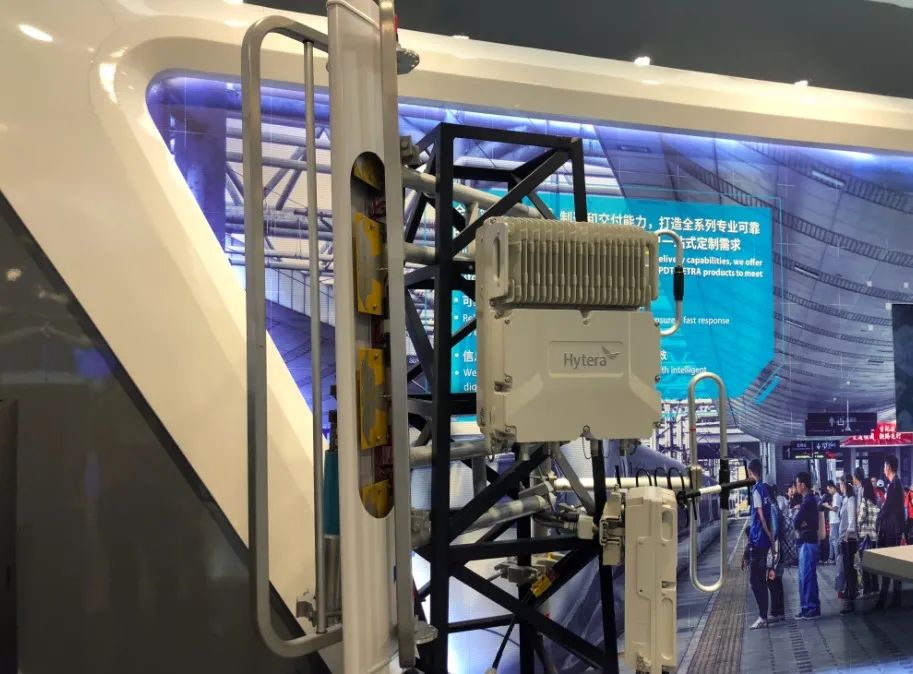Main lobe width
For any antenna, in most cases, its surface or surface direction pattern is generally petal shape, so the direction pattern is also called lobe pattern. The lobe with the maximum radiation direction is called the main lobe, and the rest is called the side lobe.
The lobe width is further divided into half power (or 3dB) lobe width and zero power lobe width. As shown in the figure below, on both sides of the maximum value of the main lobe, the Angle between the two directions where the power drops to half (0.707 times of the field intensity) is called the half-power lobe width.
The Angle between the two directions in which the power or field intensity drops to the first zero is called the zero-power lobe width
Antenna polarization
Polarization is an important characteristic of antenna. The transmitting polarization of the antenna is the motion state of the electric field vector endpoint of the transmitting antenna radiating electromagnetic wave in this direction, and the receiving polarization is the motion state of the electric field vector endpoint of the receiving antenna incident plane wave in this direction.
The polarization of antenna refers to the polarization of the specific field vector of radio wave, and the motion state of the end point of the electric field vector in real time, which is related to the direction of space. The antenna used in practice often requires polarization.
Polarization can be divided into linear polarization, circular polarization and elliptic polarization. As shown in the figure below, where the trajectory of the endpoint of the electric field vector in Figure (a) is a straight line, and the Angle between the line and the X-axis does not change with time, this polarized wave is called linearly polarized wave.
When observed along the direction of propagation, a clockwise rotation of the electric field vector is called a right-handed circularly polarized wave, and a counterclockwise rotation is called a left-handed circularly polarized wave. When observed against the direction of propagation, right-handed waves rotate counterclockwise and left-handed waves rotate clockwise.
Radar requirements for antennas
As a radar antenna, its function is to convert the guided wave field generated by the transmitter into space radiation field, receive the echo reflected back by the target, and convert the energy of the echo into guided wave field to transmit to the receiver. The basic requirements of radar for antenna generally include:
Provides efficient energy conversion (measured in antenna efficiency) between the space radiation field and the transmission line; High antenna efficiency indicates that the RF energy generated by the transmitter can be used effectively
Ability to focus high-frequency energy in the direction of the target or receive high-frequency energy from the direction of the target (measured in antenna gain)
The energy distribution of space radiation field in space can be known according to the function airspace of radar (measured by antenna direction diagram).
The convenient polarization control matches the polarization characteristics of the target
Strong mechanical structure and flexible operation. Scanning the surrounding space can effectively track targets and protect against wind effects
Meet tactical requirements such as mobility, ease of camouflage, suitability for specific purposes, etc.
Post time: Feb-14-2023







